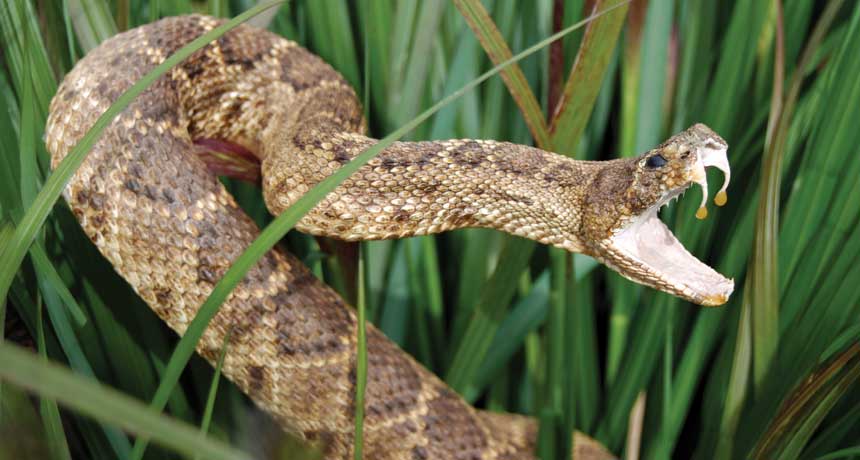
FRIGHTFUL BITE A study this year suggested that modern rattlesnakes have a smaller venom arsenal than their ancestors.
liveslow/iStockphoto

FRIGHTFUL BITE A study this year suggested that modern rattlesnakes have a smaller venom arsenal than their ancestors.
liveslow/iStockphoto